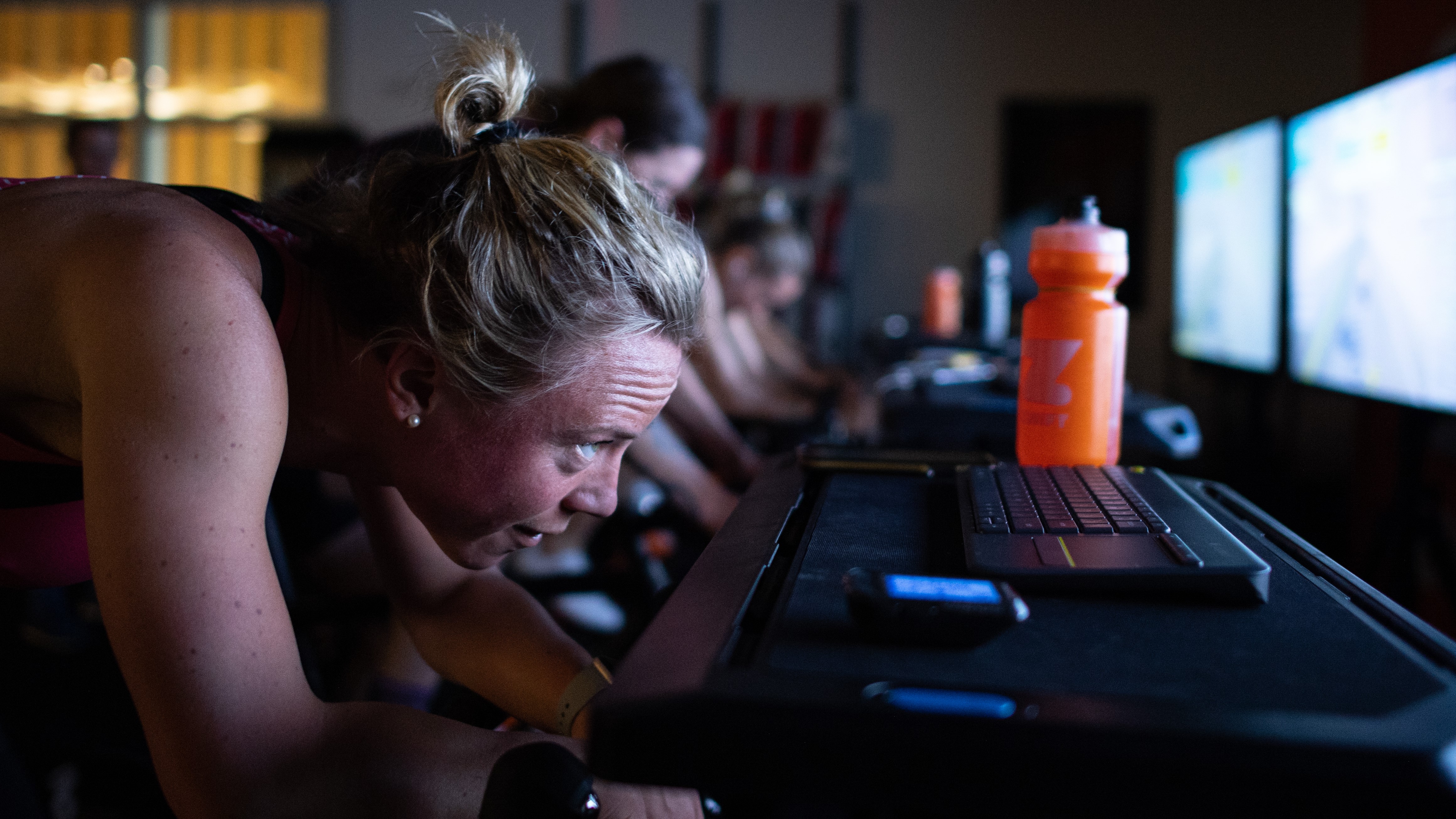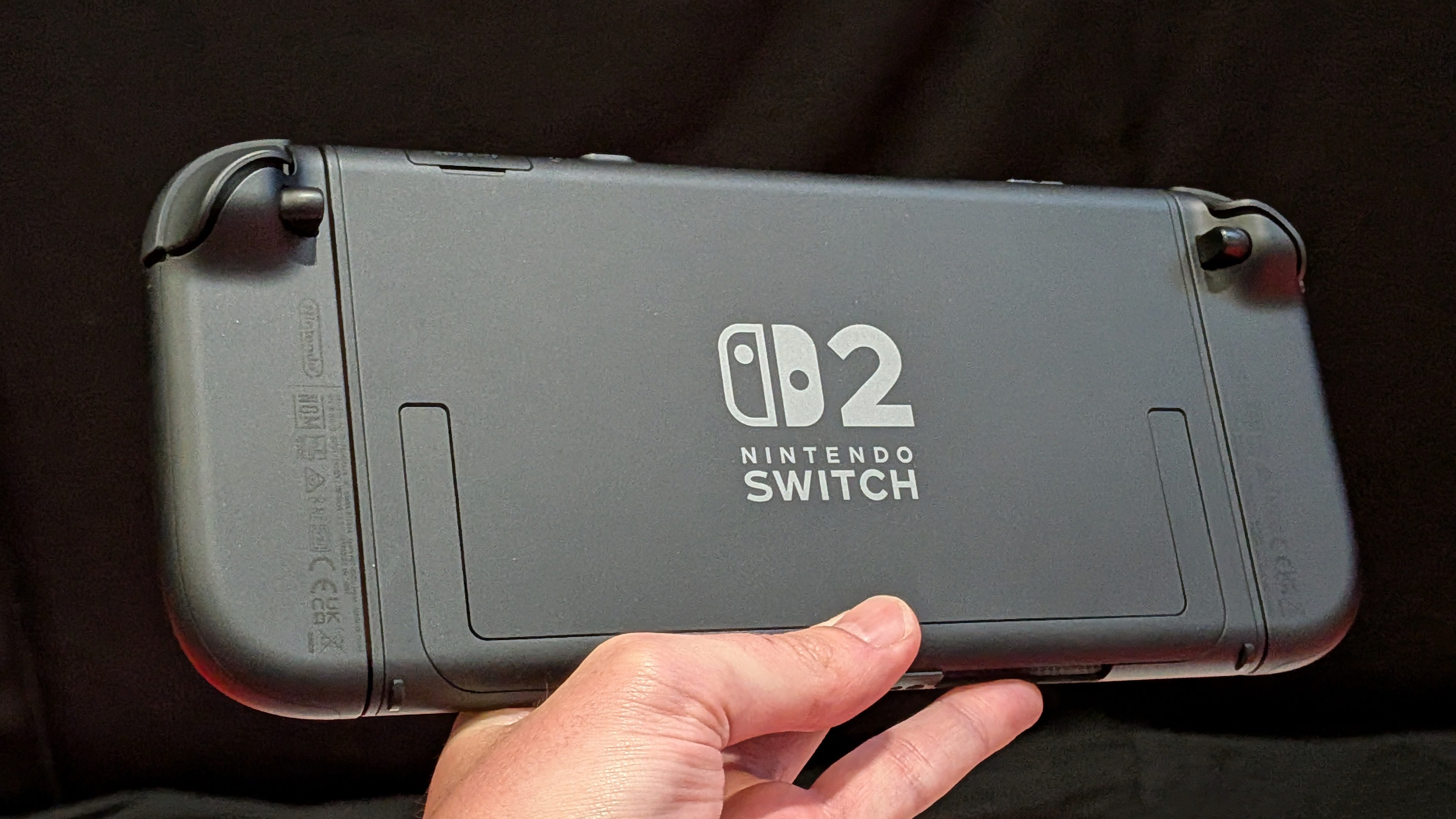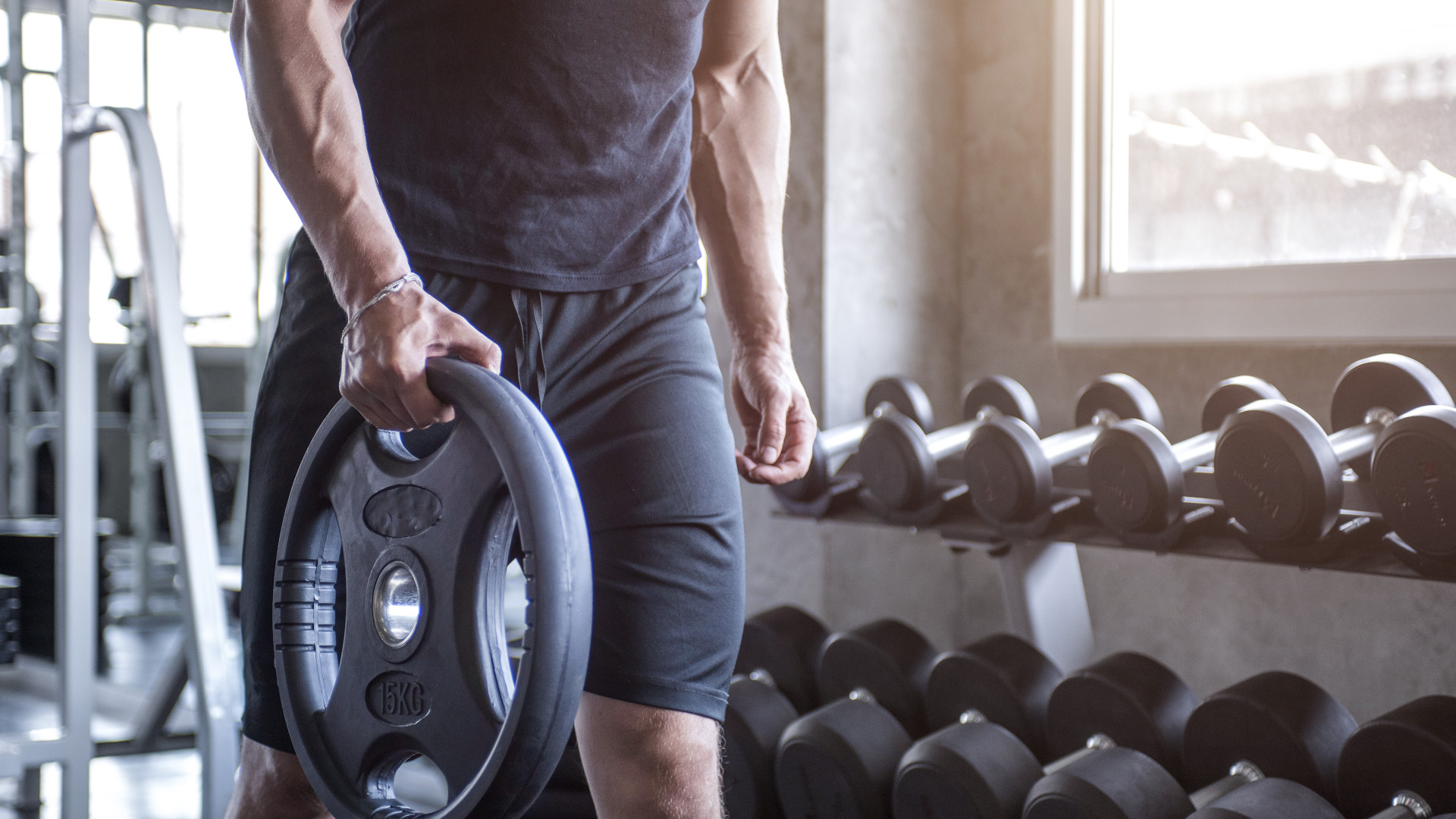

The Ironman World Championships 2019 is on Saturday 12 October 2019 and you can follow it live, free of charge, on the dedicated Ironman Now Facebook channel. Start time is 5:25 PM (UK time) or 6:25 AM (HST – local time).
The Ironman Triathlon is series of long distance races organised by the World Triathlon Association. The full Ironman race consists of a 2.4-mile swim, followed by a 112-mile bicycle ride and – to box off the day in fashion – a full marathon run (26.22 miles). All this need to be done within 16-17 hours and anyone who finishes before the final time limit will have the bragging right to call themselves an Ironman.
Training for just either one of the principles would take considerable amount of effort let alone trying to find the time to do so in the first place. One thing is certain: to be able to Ironman ready, you will need to start organising your day like you mean it.
This year, the annual Ironman World Championship (IWC), held in Hawaii as usual, is on the 12 October and we managed to get hold of not one, but two pro athletes who will attend the race to share their best practices with us. Want to train like an Ironman or woman? Here is how to do it.
- Want to be fit for spring? Here’s why winter training is key to summer success

Ruth Purbrook trains hard for her Ironman Triathlon races
Ironman triathlon training with Ruth Purbrook
A previous age group winner, Ruth Purbrook juggles work life and Ironman training – well – like a pro. A typical morning during the week will go like this:
"I wake up at 4.30 AM, make a coffee, eat a pre-made energy ball or a spoonful of peanut butter and be on the turbo trainer for a Zwift session 15 minutes later." – explains Ruth – "Usually, my sessions are an hour and half long, this gives me enough time to get a session in and get into the office for 7 AM."
The morning Zwift session isn't the last time Ruth exercises before the work day starts. "I ride into work which takes roughly half an hour." – she says – "I often take this as cool down from my session on the turbo trainer."
Sign up to the T3 newsletter for smarter living straight to your inbox
Get all the latest news, reviews, deals and buying guides on gorgeous tech, home and active products from the T3 experts
You thought training for a couple days a week would cut it? Think again. "I train pretty much every day, and often twice a day." – Ruth clarifies – "I rarely take a full rest day."

Ruth Purbrook's Ironman gear is pretty extensive, as you would imagine
Ruth Purbrook's Ironman triathlon gear
Ruth's Ironman Triathlon essentials for training depends a bit on the session, but in general, here is what an average set up looks like. "My Wahoo set up for Zwift is key to helping me some solid workouts done efficiently, and keeping it fun!" – Ruth exclaims.
Working hard and getting sponsors has its perks, naturally: "We were very lucky to be provided with a Wahoo kickr, Wahoo climb, Wahoo desk and Wahoo Mat, which means that the Zwift experience is even better, especially having the climb to simulate different gradients. For the bike I am using the Specialized S-Works 7 road shoes for a lot of my training rides, saving the Specialized S-Works Exos road shoes for racing."
"I also have a flip belt that I can get my Science in Sport gels in and out of easily, and store my phone so I can run with music."
Probably is the best choice for listening to music, especially on longer distances, is to get a decent pair of Bluetooth running headphones. Don't forget to get a running watch and some good quality running shoes too.
Let's not forget about swimming gear either. "For swimming, I am loving the Roka swimsuit - it feels really fast but is also made of material that doesn’t go see through, and sits comfortably." – Ruth sheds light on some specific criteria – "I use the Roka R1 goggles, and have some pool toys like paddles, fins and pull buoy to help with some of the drills."
Ruth Purbrook's Ironman Diet
As you can imagine, you need to fuel your body accordingly. One benefit of heavy exercising is that you can just eat, basically all the time.
"For all the various sports the other key item for training is nutrition." – she says – "I will often have a home made energy ball before a morning workout, and have protein with my overnight oats for breakfast. I have also been taking the Cherry Rego sachets post harder workouts, and if I’ve had a tough evening session I use the overnight protein to help my body recover."

James Williams concentrates on running in his training
Ironman training with James Williams
Whilst Ruth Purbrook concentrates on cycling and swimming, James Williams approaches training from a running point of view. He has a particular method in choosing the right running shoes.
"It’s all about the right fit for you." – James goes on – "I’ve been lucky enough to have found a shoe that fits me perfectly – The Saucony Kinvara. I’ve used them for years. I think the first model I used was the Kinvara 5, and I stockpiled them before they got discontinued."
"When I ran out of those I upgraded to the Kinvara 9, which was even better. And now you won’t see me in any other shoe than the Kinvara 10. As well as for training and racing, I wear them as my normal everyday shoe too."
Just because James' focus is on running, that doesn't mean he hasn't got preferences in swimming gear.
"For the swim, I wear an Orca wetsuit and my trusty Speedo goggles. It’s more important to go for a good fit though, rather than one from the biggest brands." – he adds.
As for cycling, James uses a Trek Madone, a bike he funded from the compensation money he received after he got knocked off the bike during training. A good reminder to always be safe, people!

James also coaches people to run far – just as he does
James Williams' Ironman triathlon tips
James thought about providing some training advice for the readers of T3, which can come handy even if you aren't trying to run an Ironman but maybe training for a half marathon.
"Slowly building up distance should be near the top of the priorities. Especially if you are new to the race distance." - James explains – "But you don’t need to get up to the full distance. Or even that close to it. And the word ‘slowly’ is the key part. Don’t jump up too much in distance between individual sessions."
As you can see, running a 10K race doesn't start with you running 10Ks every day. If you are training for a triathlon or duathlon, "practising transitions, especially from bike to run, will make a huge difference", says James.
Fuelling your body right is also key to surviving a race of any length. "Being specific is really key too. In training, practise with the exact nutrition and kit you expect to use in the race itself. You can experiment during training – for example trying different nutrition in training to understand what works best for you."
Some nice thoughts from James as a conclusion: " Finally, treat the race as the celebration of all your hard work for a very long time. It’s really difficult not to stress about it. But framing it as a celebration of everything that you’ve achieved to get to this point is a good way to help nerves. Enjoy the day. It’s an awesome, unforgettable experience!"

Matt Kollat is a journalist and content creator who works for T3.com and its magazine counterpart as an Active Editor. His areas of expertise include wearables, drones, fitness equipment, nutrition and outdoor gear. He joined T3 in 2019. His byline appears in several publications, including Techradar and Fit&Well, and more. Matt also collaborated with other content creators (e.g. Garage Gym Reviews) and judged many awards, such as the European Specialist Sports Nutrition Alliance's ESSNawards. When he isn't working out, running or cycling, you'll find him roaming the countryside and trying out new podcasting and content creation equipment.

